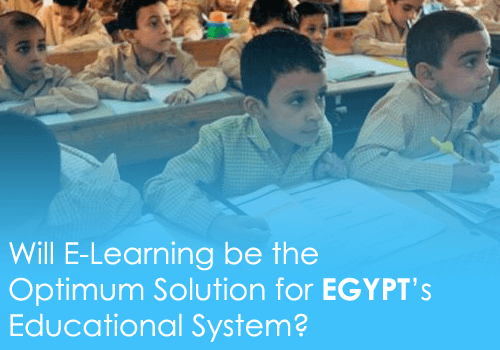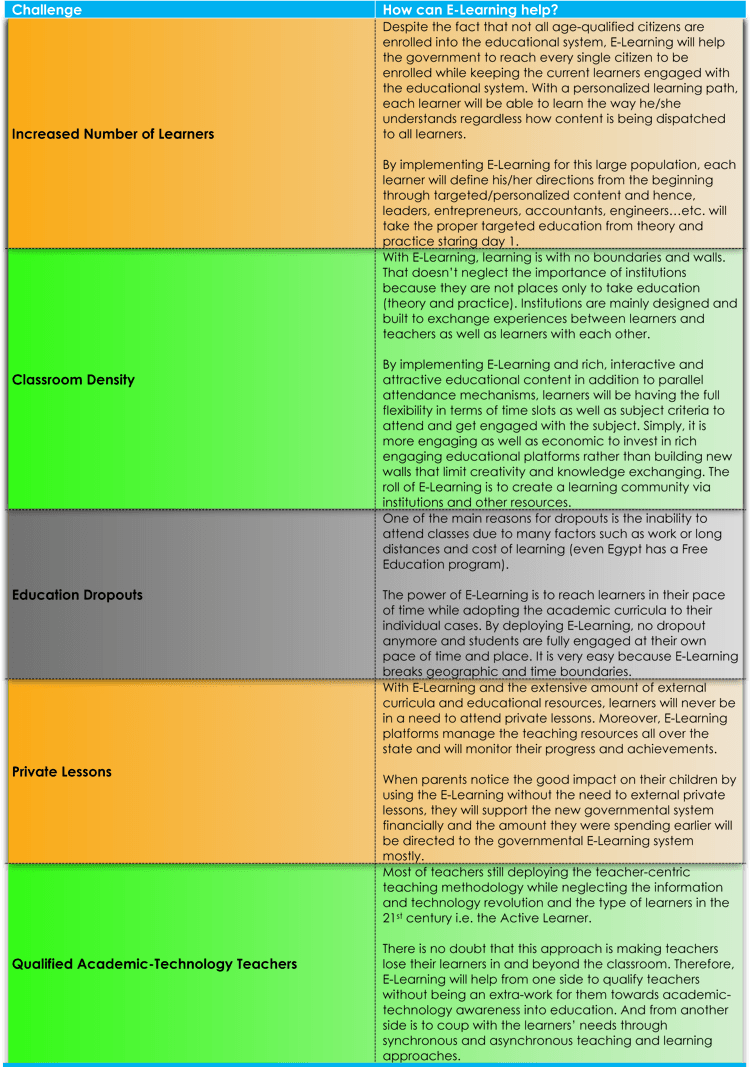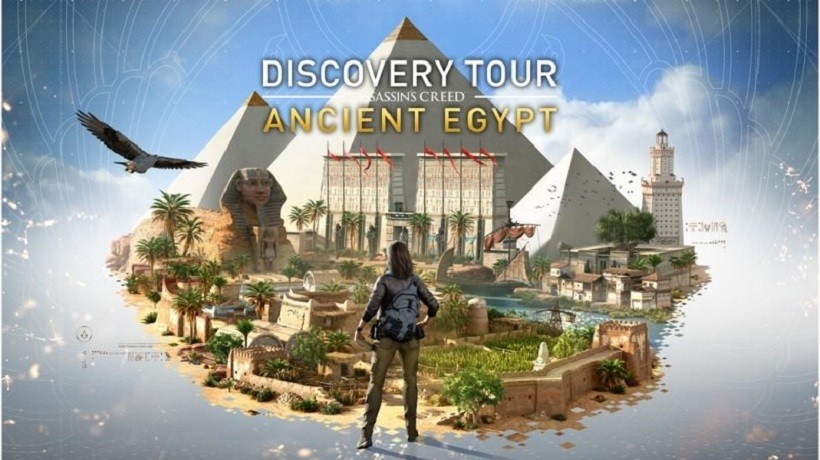Top 5 Challenges Of Egyptian Educational System And Why Implementing eLearning In Egypt Is Crucial

Figure 1: Ancient Egyptians are writing down history.
It is taken as granted that Egypt is the cradle of civilization as one of the early nations, in 7000 B.C., that started to write and record every single thing on the temples’ walls as well as stone boards. This is where education, arts, and culture started. On Ancient Egypt temples’ walls, you will see how education was one of the most important daily habits of ancient Egyptians. By time and over centuries and years, this habit has been changed dramatically.
With the increased number population and the leakage of financial resources targeted to better quality educational system and scientific research support, the Egyptian educational system is dropping down faster than the gravity effect over decades; even with promising educational initiatives launched or supported by consecutive Egyptian governments.
According to studies that have been made during the last 10 years, Egypt’s educational system faces more than 250 challenges with 35-45 reasons and causes for each challenge. However and for this article, I will demonstrate the top 5 challenges that Egypt’s educational system is facing.
According to the latest statistics made by the Egyptian government in 2014, Egypt has one of the largest populations in different education stages (k12 and higher education). It is very interesting to demonstrate how powerful the future of Egypt can be: With more than 22 million students, Egypt is supposed to have more than 22 million leaders, entrepreneurs, qualified workers, and employees. Unfortunately, this is not the case due to the number of institutions (k12 or higher education), regardless if they are accredited or at least qualified to deliver a high quality educational service.
2. Classroom Density.
In some k12 institutions in Egypt, one may find more than 100 learners in just one classroom fighting for a place rather than enjoying education enrichment from a qualified teacher (who is usually absent for a serious reason or just stuck in traffic). Moreover, in some public higher education colleges one can have more than 2000 learners in just one Lecture Theater, enjoying the warm weather in cold winter!
From a stage to another in k12 education or even higher education, numbers show that there is a tremendous number of dropouts. For example, in K10-K12 education (public secondary certification program in Egypt), we have more than 5 million learners to be enrolled in higher education programs. Instead, only 2-2.5 millions are lucky enough to enroll.
4. Private Lessons.
This is one of the biggest pains ever in Egypt for decades and it eats every single achievement in Egypt’s educational system: Because Egypt is one of the few countries in the world that supports the learners’ tuition (free education) during all stages, including higher education, the educational system in Egypt is not a revenue generating system. This limits the continuous development of the system, even though the government raised the education budget from 24 billion Egyptian pounds to 70 billion Egyptian pounds in 2014. On the other side, parents pay for private lessons in the K12 education system only 18-25 billion Egyptian pounds annually and increasing. That makes the private lessons a fortune for teachers; it also makes those teachers an enemy for every achievement in fighting such a challenge.
5. Non Qualified Teachers.
I am not judging how teachers in Egypt are covering the curricula they are teaching, because 90% of teachers are extremely familiar with the subject they teach. However, I am judging their way of teaching certain subjects in the 21st century with the information and technology revolution. Current learners are becoming much more familiar with the technology than teachers are. When we speak about the active learner, certain teaching processes must be deployed beside the academic knowledge of the subject. Not only the technology enablement inside the teaching process; the academia behind using these technologies into education must be there too. Therefore, the gap between learners and teachers is increasing very rapidly.
Yes, The Solution Is Implementing eLearning In Egypt
Adding to the title, eLearning is the ONLY optimum and cost efficient solution for the above 5 challenges in the Egyptian educational system. The following table shows the challenge-benefit summarization based on eLearning approach and features.












